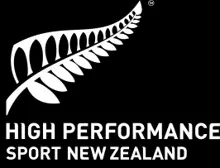Para judo

What is Para judo?
Para judo is for athletes with a visual impairment. It is very similar to judo at the Olympics. In Para judo, judokas hold each other’s suits start and remain during the combat.
Para judo is great for athletes with a visual impairment because these Para athletes tend to possess highly-developed qualities such as balance, touch proprioception, and combative instinct. This sport also requires an extreme physical and strategic performance, and competitors must use different techniques to overcome or immobilise their opponent.
Para judo in New Zealand
Para judo is not currently delivered widely in New Zealand, but register your interest now and we will help you to find a Para sport for you in your local area!
How do you compete in Para judo?
Para athletes compete in various weight categories for men and women. The only two differences between Para judo and Olympic judo are that:
- Combatants (also called ‘Judokas’) can have contact with the opponent at the start of the match.
- The mat has a different texture in order to assist competitors in knowing where the boundary is.
Contests last five minutes and the Para athlete who scores the higher amount of points wins. The aim of the sport is for Para athletes to score more points than one’s opponent. Executing a skill with a perfect technique scores an immediate win (‘ippon’ – a perfect point in Japanese). Fewer points are awarded when a technique does not merit an ‘ippon’. If by the end of the five-minute match neither ‘Judoka’ completes an ‘ippon’, the winner is the one with the highest score.
Who is eligible for Para judo?
Only Para athletes with a vision impairment are eligible to compete in Para judo.
Judokas are divided into weight divisions. They compete together with varying degrees of visual impairment ranging from the B1-B3 sport classes.
- B1: These Para athletes have a very low visual acuity and/or no light perception.
- B2: Para athletes with a B2 sport class have a higher visual acuity than athletes competing in the B1 sport class and/or a visual field of less than five degrees radius.
- B3: Para athletes with a B3 (or equivalent) sport class have the least severe visual impairment eligible for Paralympic sport. They have the highest visual acuity and/or a visual field of less than 20 degrees radius.
History of Para judo
Para judo was first introduced as a competitive sport in the Paralympic programme in 1988 at the Seoul 1988 Paralympic Games, for athletes who are visually impaired. Para athletes across more than 40 countries now practice the sport.
List of sports for athletes with a visual impairment
- Para alpine skiing
- Para athletics
- Para biathlon
- Blind football
- Para cross country skiing
- Para cycling
- Para equestrian
- Goalball
- Para judo
- Para rowing
- Para sailing
- Para swimming
- Para triathlon
You can also find other sports for athletes with a visual impairment on Blind Sport New Zealand’s website.
For more information visit the International Blind Sports Federation.


























